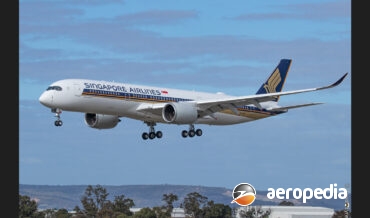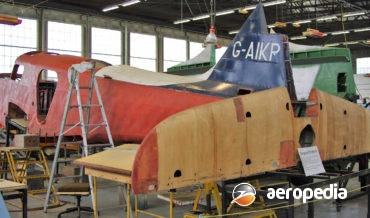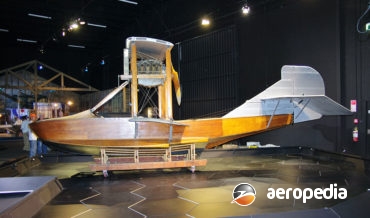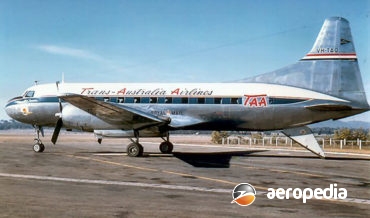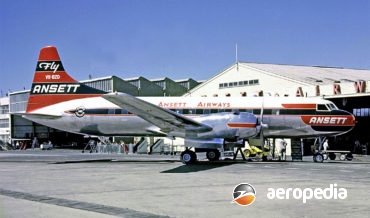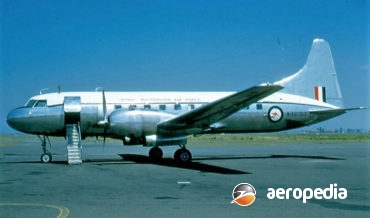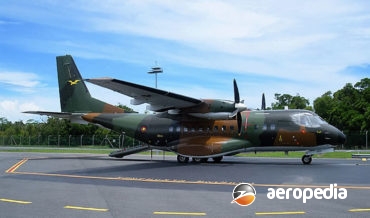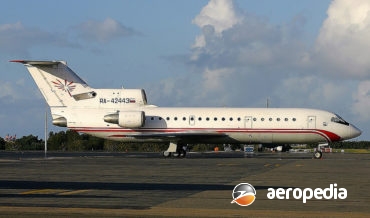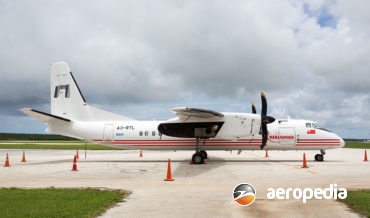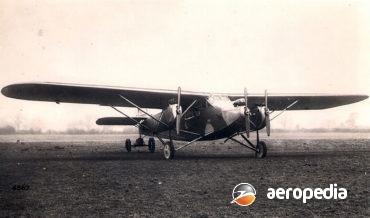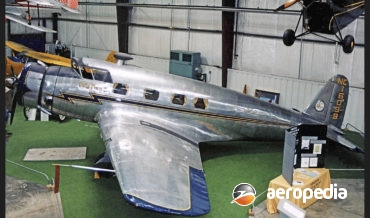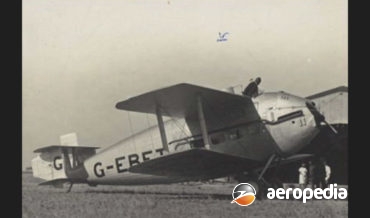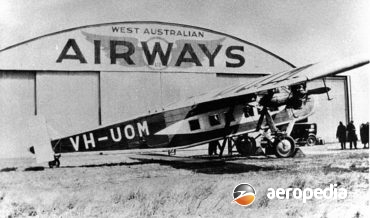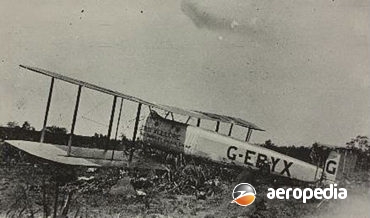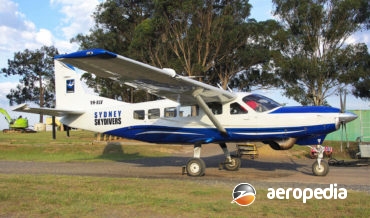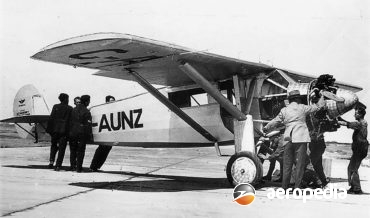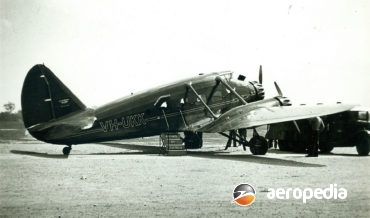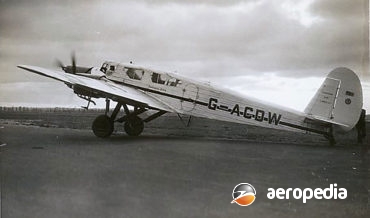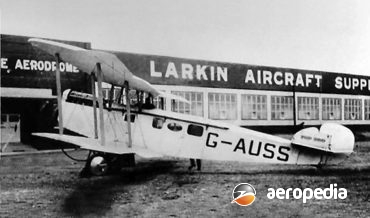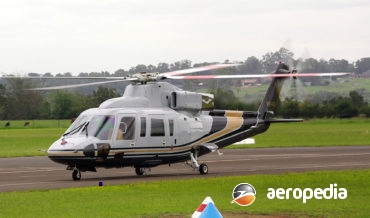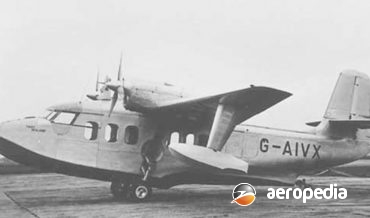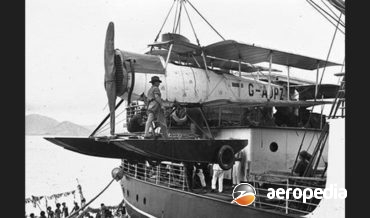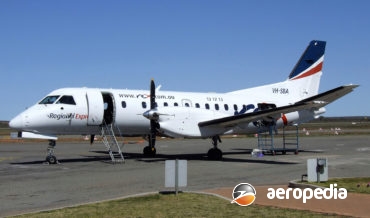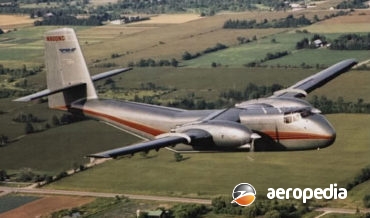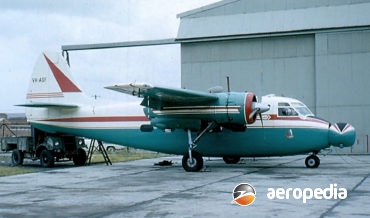All Contents
Contents
The Airbus A350 series was conceived in 2004 to meet a requirement of international airlines for an extra long-range airliner.
David C. Eyre
- June 26, 2020
The AS-65 Consul was a conversion of the Airspeed Oxford for civil use by Airspeed Ltd of Portsmouth, and a total of 161 aircraft was produced.
David C. Eyre
- March 23, 2020
The Heston Phoenix was built by the Heston Aircraft Co Ltd at Heston, the company rising out of the demise in 1934 of the Comper Aircraft Co Ltd.
David C. Eyre
- August 24, 2019
The Curtiss Seagull was a civil variant of the Curtiss MF flying boat trainer produced from 1918, the civil aircraft having a 119-kw (160-hp) Curtiss C.6 six-cylinder in-line engine in place of the V-8 unit in the military variants.
David C. Eyre
- May 17, 2019
During 1933 Sir Charles Kingsford Smith was making preparations to make a barnstorming tour of New Zealand with his Fokker F.VII/3m VH-USU Southern Cross and a new aircraft which had been designed to his specifications by Wing Command L J Wackett.
David C. Eyre
- May 17, 2019
The prototype of the Convair series of commercial airliners, the Model 110 (NX90653) was flown for the first time on 8 July 1946 at San Diego, being aimed at the market after World War II for the replacement of the DC-3.
David C. Eyre
- May 17, 2019
Following the widespread success of the CV-240 series, the Consolidated Vultee Aircraft Corporation of San Diego, California moved on to the development of the CV-340 series. Initially known as the CV-240A, the prototype (N3401) first flew on 5 October 1951, certification being obtained on 27 March 1952.
David C. Eyre
- May 17, 2019
Following the success of the earlier CV-240 and CV-340 models, Convair chose to continue refine the series, despite the inroads then being made into the airline market by the Rolls Royce Dart powered Vickers Viscount.
David C. Eyre
- May 17, 2019
A successful series of airliners produced in the 1950s was the Convair CV-240, CV-340 and CV-440 series, a number of which saw service with airlines in Australia, and two were operated by the RAAF VIP flight.
David C. Eyre
- May 17, 2019
The CN-235 was developed jointly by CASA and Industri Pesawat Terbang Nusantara (IPTN) as a civil/military transport, each company building a prototype, there being ceremonies held simultaneously in Spain and Indonesia.
David C. Eyre
- May 17, 2019
The Yak-42 is a three-engine airliner which was developed to replace the Tu-134 and An-24 in passenger service in the Soviet Union.
David C. Eyre
- May 8, 2019
The MA-60 is a turboprop powered 52-seat commercial transport designed and built by the China Aviation Industry Corp and is a stretched and re-designed variant of the Y7-200A, which itself was produced in China as a development of the Antonov An-24 transport which had been designed to operate in rugged
David C. Eyre
- May 8, 2019
The Westland IV was designed and built by the Westland Aircraft Works at its Yeovil facility in Somerset in 1928, being an attractive small, high wing, taxi or feeder line aircraft constructed of wood, with fabric covering and fitted with tail parts from a Westland Wapiti.
David C. Eyre
- May 8, 2019
The Widgeon I was a single-engine amphibious biplane constructed with a wooden hull (Queensland maple) designed by Sqdn Ldr L J Wackett in 1923 and built by the RAAF Experimental Section at Randwick.
David C. Eyre
- May 8, 2019
The brothers Leo Austin and Vivian Claude Walsh were interested in the aeroplane from about 1910 and at that time purchased materials and built an aircraft which was completed and flown in 1911 but the aircraft was destroyed in an accident.
David C. Eyre
- May 8, 2019
The prototype V.1 (NR12293) with a 531-kw (712-hp) Wright R-1820-F2 engine was first flown on 19 February 1933 and production totalled 26 aircraft.
David C. Eyre
- May 8, 2019
In March 1945 VICkers-Armstrongs (Aircraft) Ltd projected a pressurised transport to seat up to 27 passengers under the designation VC-2, and development of this design led to the Type IIB fitted with Rolls Royce Dart turboprops.
David C. Eyre
- May 8, 2019
To meet further customer demand, and to improve the overall performance of the Viscount, the 800 series, fitted with Dart R Da 6 engines, was introduced with its fuselage lengthened by 1.17 m (3 ft 10 in), so the effective extra cabin length was 2.82 m (9 ft 3 in),
David C. Eyre
- May 8, 2019
The VICkers Vulcan (known as the Flying Pig) was designed for VICkers by Rex Pierson following the success of the VICkers Vimy commercial, work beginning on the new transport in February 1921, and the prototype (G-EBBL - c/n 1 -City of Antwerp) was flown for the first time at Brooklands
David C. Eyre
- May 8, 2019
Production of the DHC-6 series by de Havilland Canada concluded in 1988 after 844 examples were built at Toronto, production running from 1965 to 1989.
David C. Eyre
- May 8, 2019
The Viastra was designed by VICkers (Aviation) Ltd at Brooklands Aerodrome, Weybridge, Surrey, and was manufactured by the Supermarine Aviation Works at Woolston, Southampton.
David C. Eyre
- May 8, 2019
The Vazar Dash 3 is a conversion by the Vardax Corporation of Bellingham, Washington, of the de Havilland DHC-3 Otter to take a turboprop powerplant, the company in recent years being known as Vazar Aerospace.
David C. Eyre
- May 8, 2019
The Type 134 Vellore I was designed by Rex Pierson, Chief Designer of VICkers Aviation at Weybridge in Surry to meet an Air Ministry Specification (34/24).
David C. Eyre
- May 8, 2019
In the early 1930s Messrs Leo Turl and Frank Gannon took over the Mascot hangar of General Aircraft Co. In November 1935 Mr J C Carpenter joined the company and Tugan Aircraft Ltd came into being.
David C. Eyre
- May 8, 2019
In the United States a number of conversions have been made to aircraft to change engines and increase performance. One company carrying out this type of conversion is Texas Turbine Conversions which converts de Havilland Otters to turbine power, and fits Honeywell TPE-331 turboprops to Cessna 208 and 208B Caravans
David C. Eyre
- May 8, 2019
The Ryan Brougham series was the first real attempt by the Ryan Aircraft Corp to produce a light commercial transport, and the type became famous when a variant, known as the Ryan NYB (NX211) was used by Charles Lindberg to fly the Atlantic in May 1927 in 33 ½ hours.
David C. Eyre
- May 8, 2019
Following the success of the Dove a number of companies sought to improve the product to increase performance.
David C. Eyre
- May 8, 2019
The Stinson Model A first appeared in 1934 and was advertised as “Americas fastest and most economical Tri-Motor” and was built to compete against the Boeing 247and the Douglas DC-2, but was less costly to purchase and operate, and had better short-field ability.
David C. Eyre
- May 8, 2019
The Cruiser was a three-engine low-wing cantilever monoplane with a crew of two and seating six passengers.
David C. Eyre
- May 8, 2019
In 1920 the British Air Ministry published rules for a Small Commercial Aeroplane Competition and a number of designs were entered, including the Westland Limousine and the Sopwith Antelope.
David C. Eyre
- May 8, 2019
The S-76 was developed solely as a medium-lift helicopter for the commercial market, in particular the oil-drilling industry.
David C. Eyre
- May 8, 2019
The S.42 was a commercial flying boat designed by Igor Sikorsky to meet a requirements of Pan American World Airways, Juan Trippe, president of Pan Am, requesting in June 1931 designs from six aircraft manufacturers for an aircraft able to span the World’s oceans.
David C. Eyre
- May 8, 2019
Designed by Igor Ivanovich Sikorsky, the renowned former Russian aircraft engineer, The S-38 was a development of the S-36, which was Sikorsky’s first amphibian, and which seated eleven.
David C. Eyre
- May 8, 2019
The Sikorsky S-61 series was originally designed to meet a US Navy requirement for a single helicopter to perform both the hunter and killer anti-submarine role.
David C. Eyre
- May 8, 2019
One of the most famous commercial flying boats, the Short S.23 C Class (known as the Empire) was built by Short Brothers for Imperial Airways and Qantas, particularly for the routes from the United Kingdom to Australia.
David C. Eyre
- May 8, 2019
The Sealand series was designed by Short Brothers & Harland of Belfast, Northern Ireland, as a completely new flying-boat shortly after World War II, being a five to eight seat amphibian powered by two Gipsy Queen 71 engines and a total of 25 examples was completed, ten of these serving
David C. Eyre
- May 8, 2019
Sometimes known as the Short Sporting Type, the Short Shrimp was a three-seat commercial biplane fitted with floats and designed and built at the company’s Rochester facility in 1919.
David C. Eyre
- May 8, 2019
Over the years manufacturers have looked at the requirements of commuter airlines with a view to producing new airliners to meet operator requirements.
David C. Eyre
- May 8, 2019
Under a supplemental type certificate, Pen Turbo Aviation of Cape May Airport, New Jersey early in the 21st century undertook a re-engineering of the DHC-4A Caribou as a result of market demand for a turbine-powered variant of the Caribou.
David C. Eyre
- May 8, 2019
At the end of World War II Percival Aircraft Ltd produced a five-seat commercial aircraft known as the P.48 Merganser, which was of all-metal, stressed skin construction with fabric covered control surfaces.
David C. Eyre
- May 8, 2019
Recent Comments
Archives
Categories
- No categories
Categories
- No categories
Latest Posts
Newsletter

